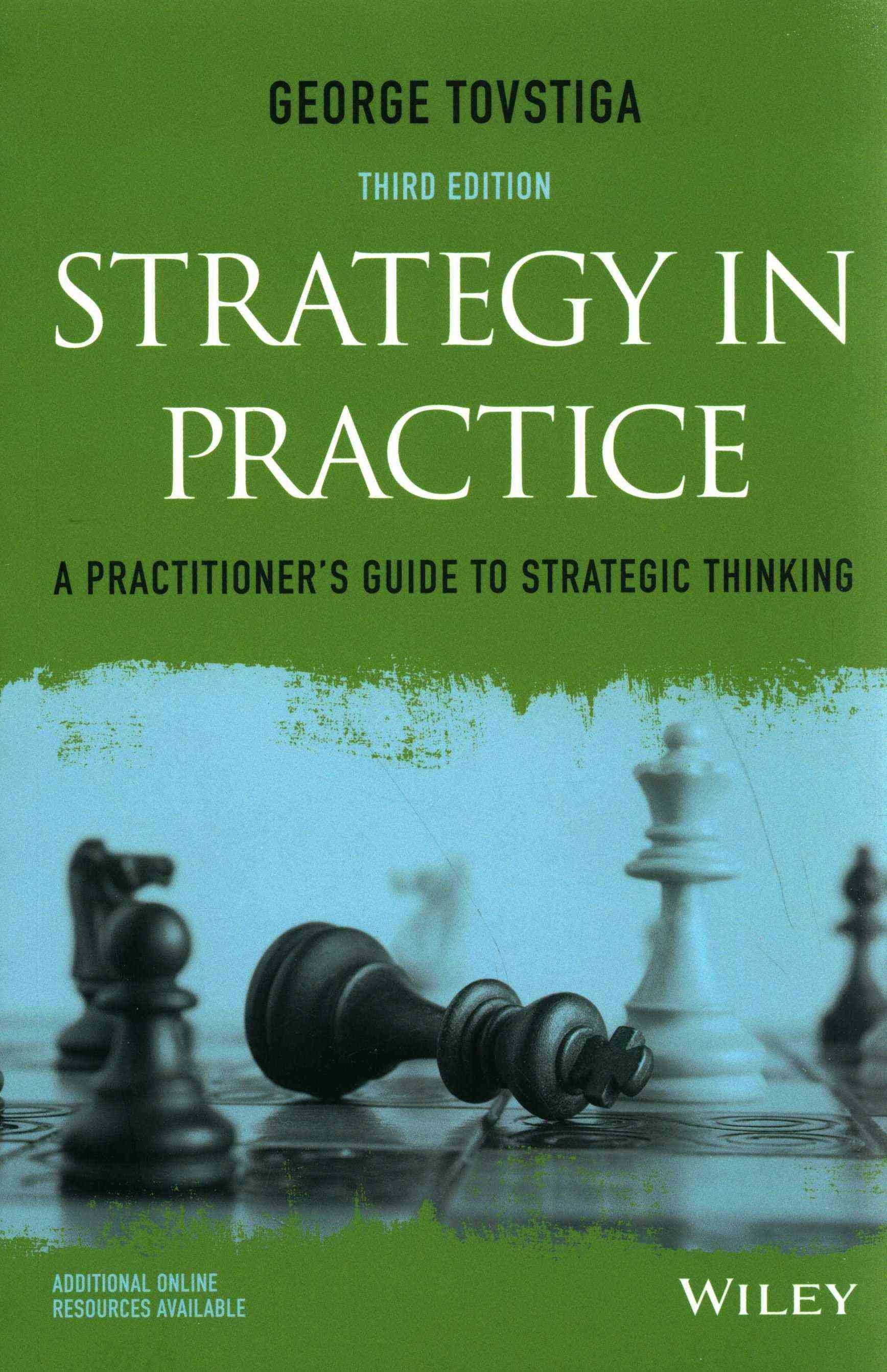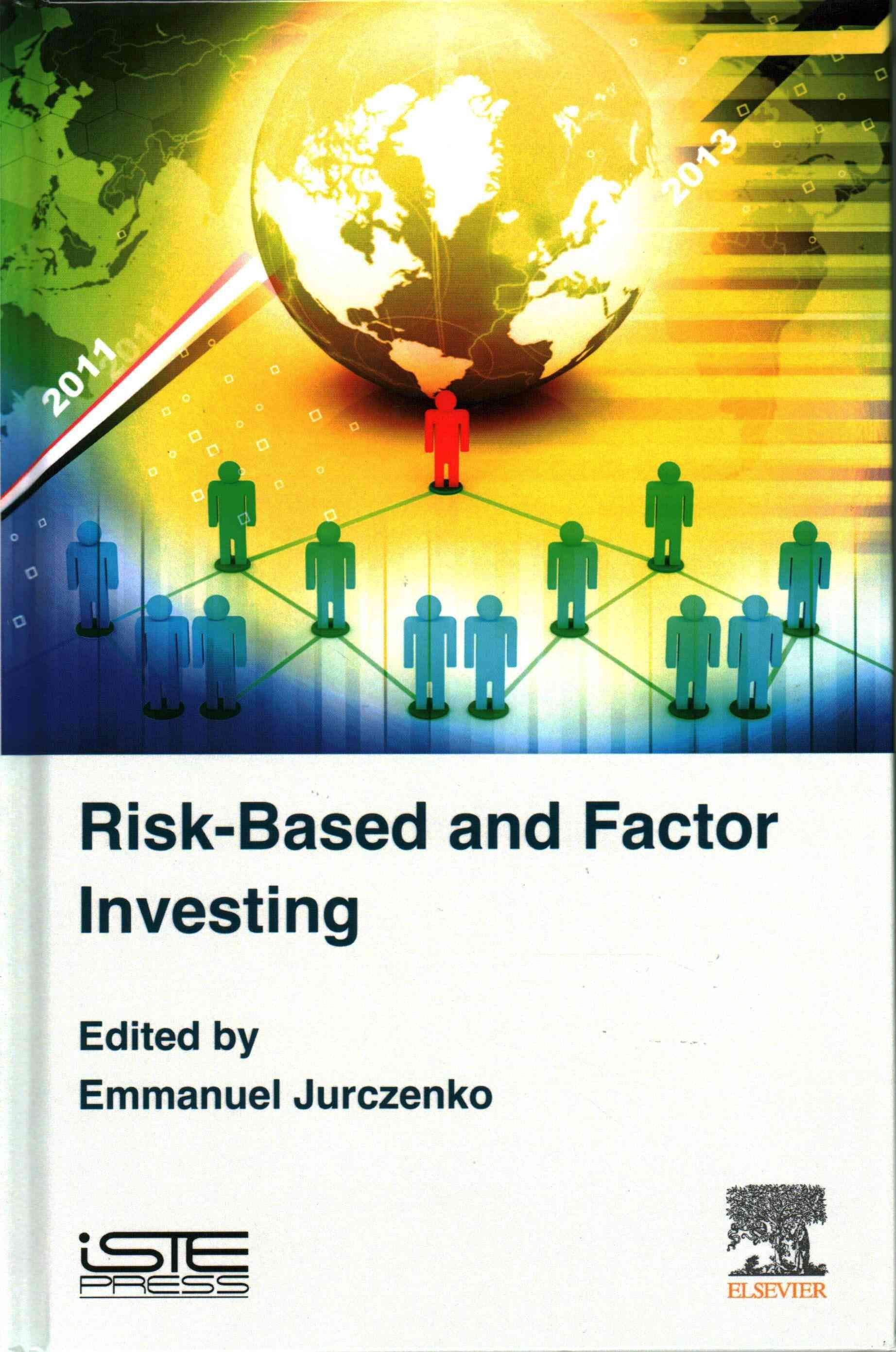This book aims to educate nurses and advanced practice providers (APP’s) about known mutations, availability of targeted therapy and the management of patients with non-small cell lung cancer (NSCLC). It will educate nurses and practitioners about the scope of therapy to assure safe and effective lung cancer treatment. In this era of personalized medicine, nurses and APP’s are responsible for guiding patients from diagnosis through treatment. This starts with the identification of patients that can benefit from these therapies, the key role of biopsy acquisition (ie. what to test, when and how often) and treatment selection based on the mutation identified. Readers will learn about the mechanisms of action, administration, potential adverse side effects and unique management strategies for these targeted agents. Lung cancer continues to be the leading cause of cancer death in the United States and worldwide. Recent advances in the identification of specific oncogenic mutations that drive cancer development, growth and metastasis have led to major paradigm shifts in lung cancer treatment. Sophisticated methods are required to identify specific mutations at the time of diagnosis. This book explains how molecularly targeted therapies have been developed that target these drivers. To date, several tyrosine kinase inhibitors have been approved to target the epidermal growth factor receptor (EGFR), EML4-ALK ,ROS1 and BRAF. Most recently, immune checkpoint inhibitors have been approved with some indication that efficacy may be enhanced for patients who overexpress PD-L1. While some driver mutations have been identified, there is ongoing investigation into additional mutations. In the case of driver mutations, lung cancers will develop resistance to therapy. This book provides nurses and APP’s with the mechanisms of resistance that have been identified such as T790 mutation and many others in the EGFR mutation, and shows how the next level of drug development is focused on identifying mechanisms of resistance and development of new agents that overcome these mutations. With this book in hand, nurses and practitioners will be able to navigate patients through this ever expanding field of lung cancer treatment.












